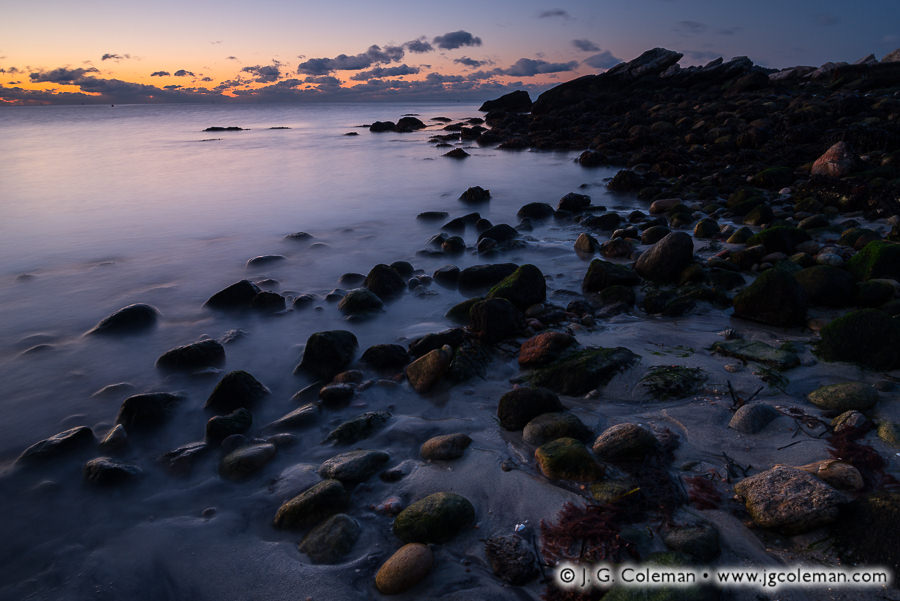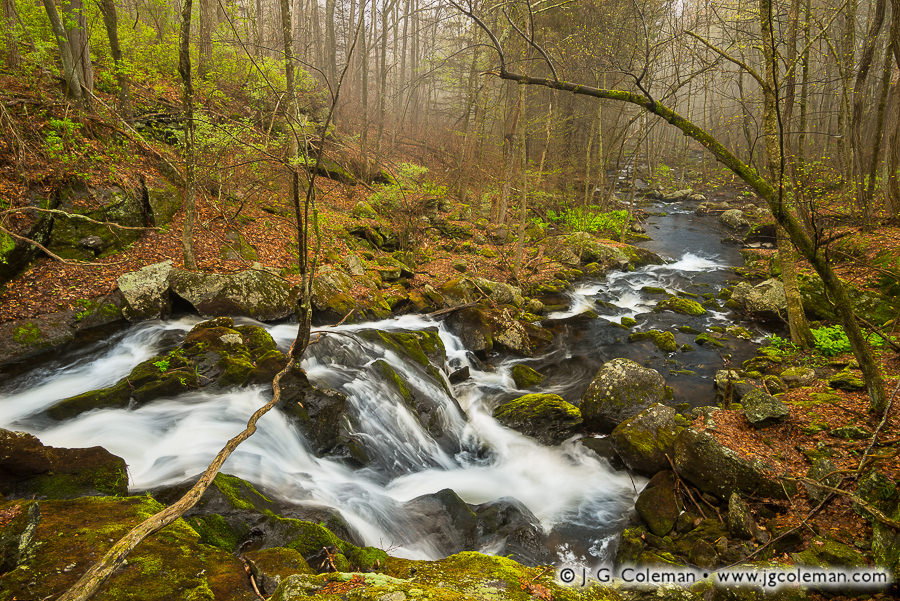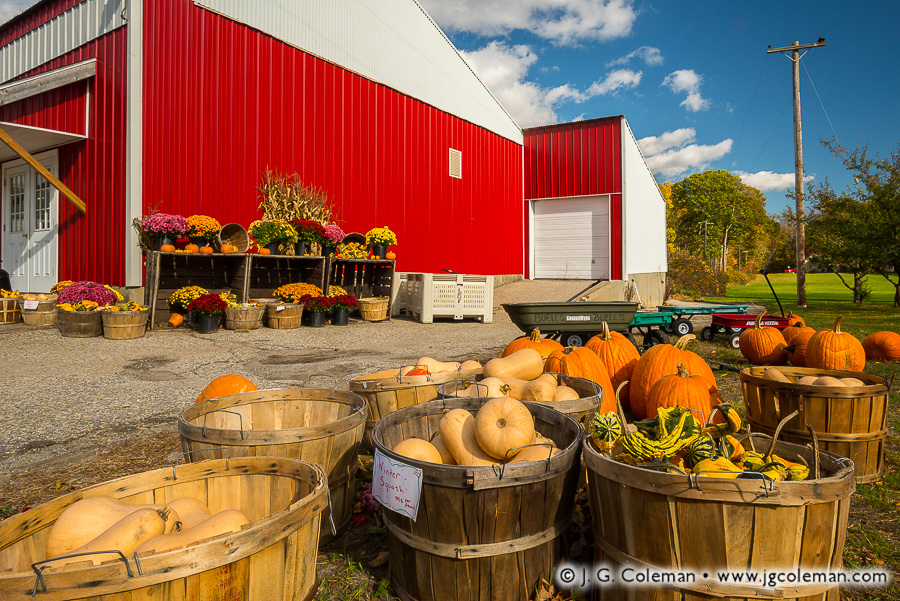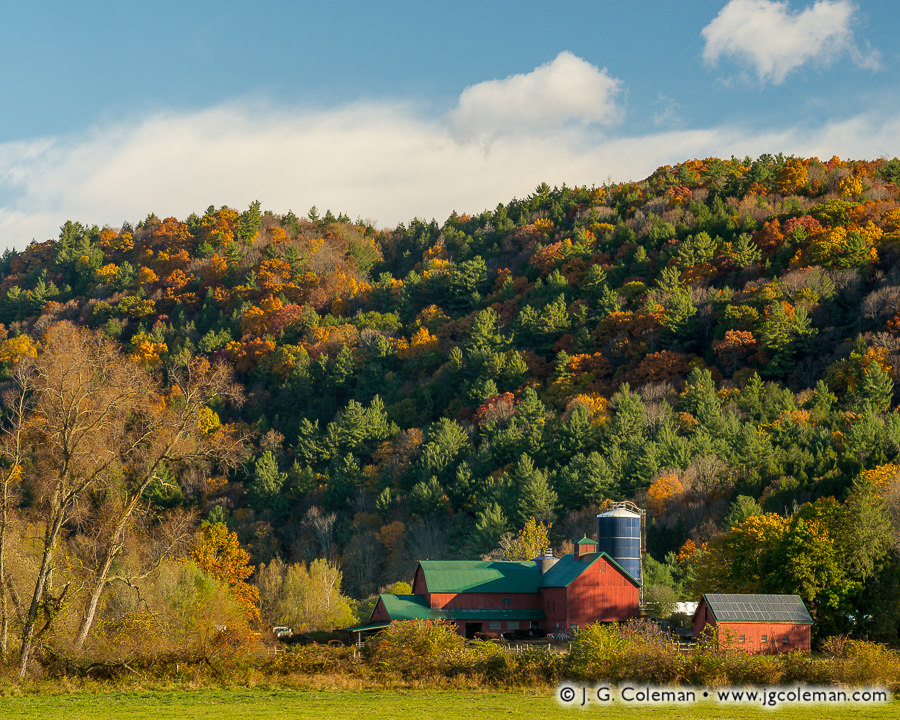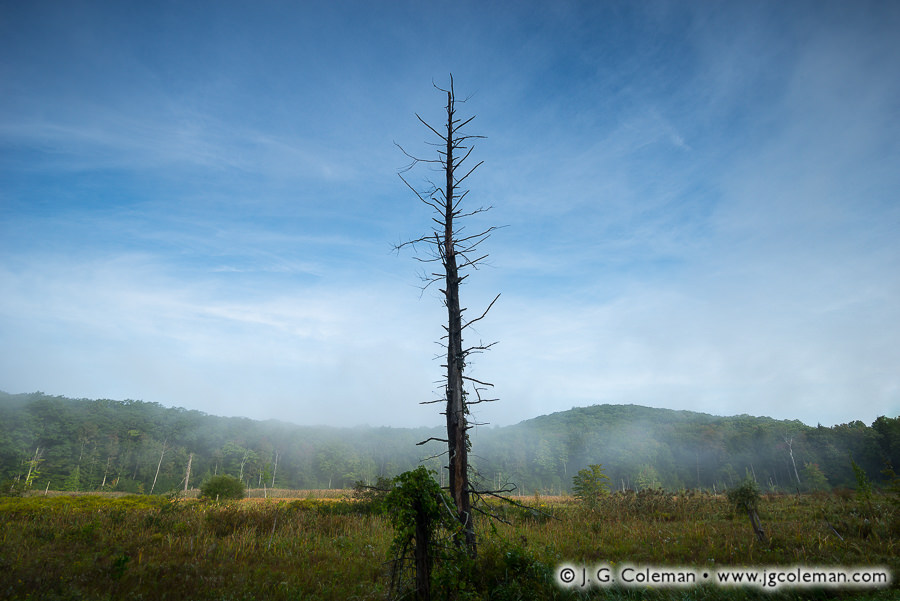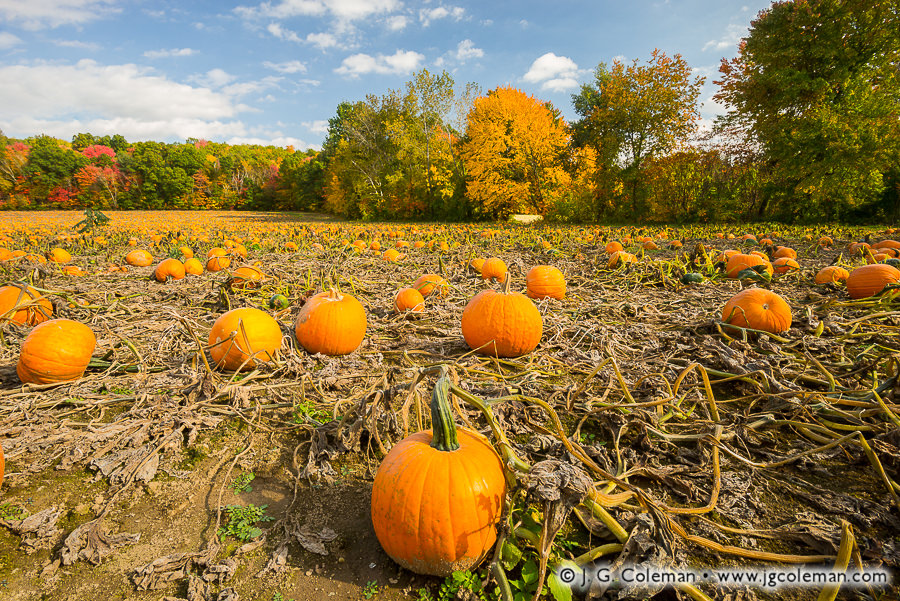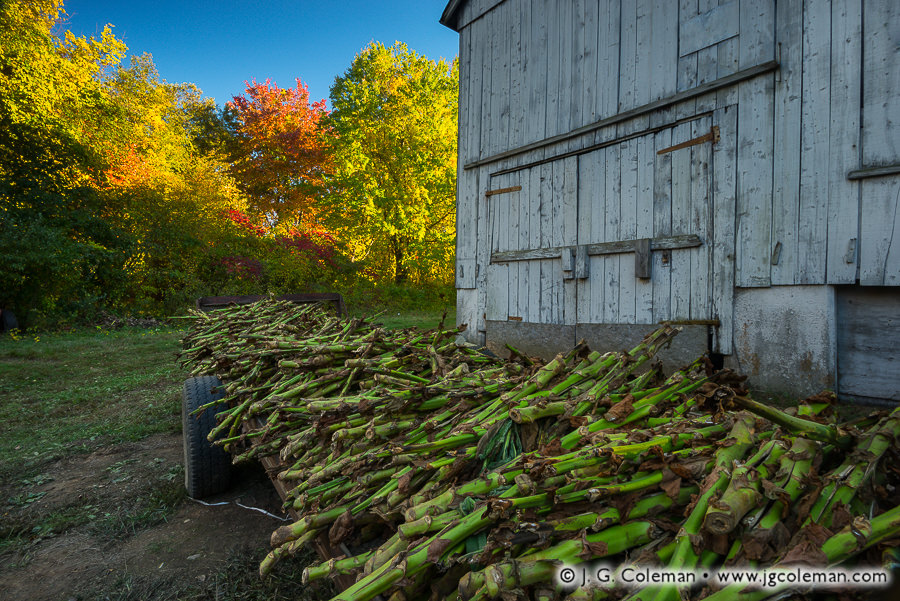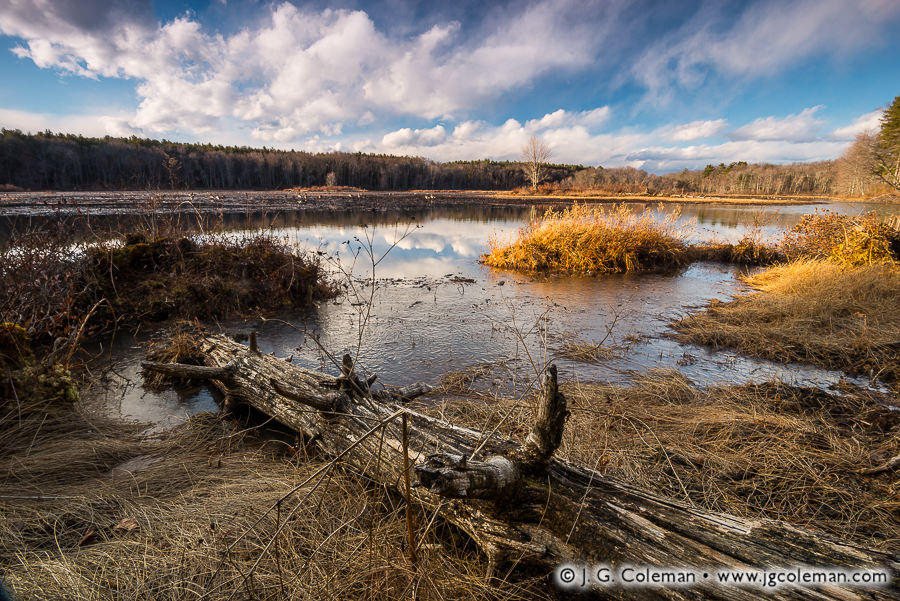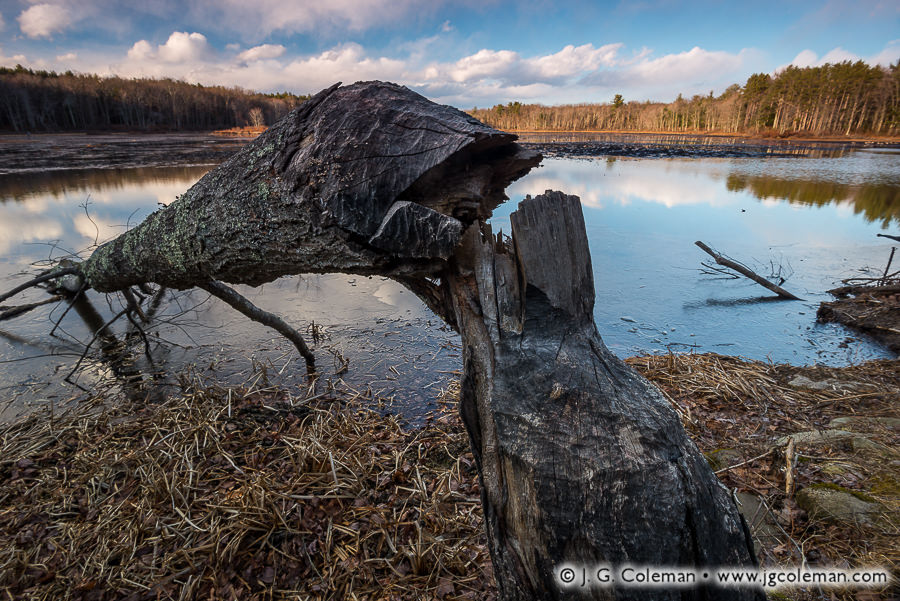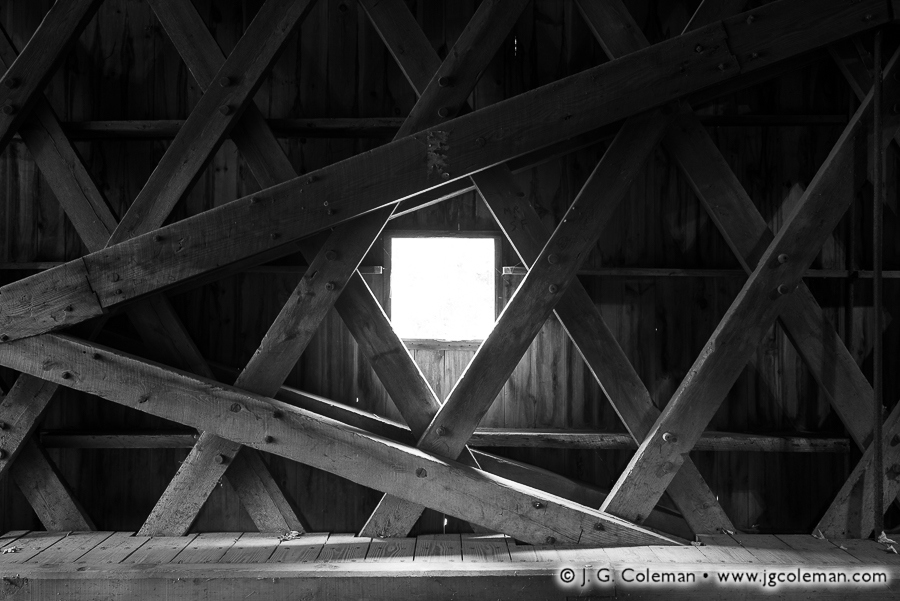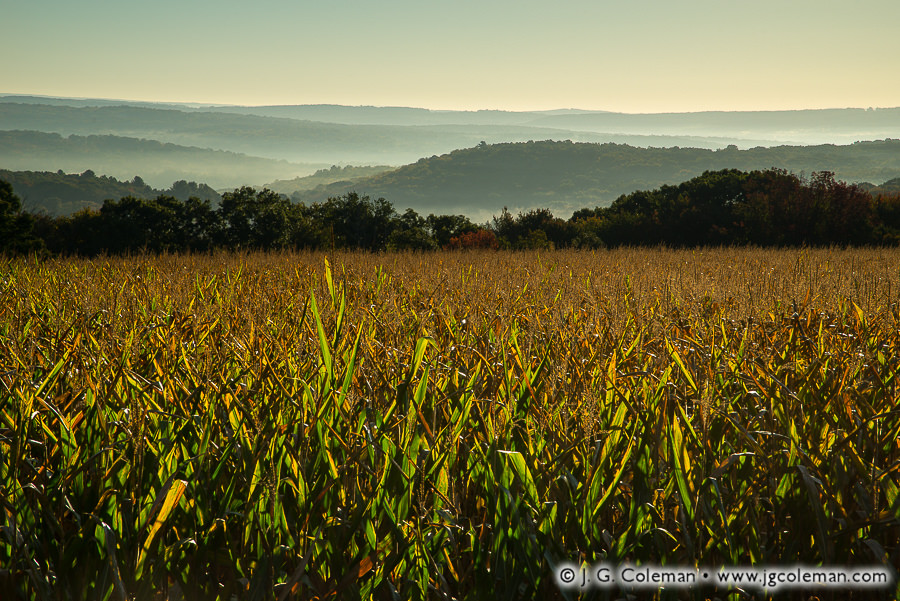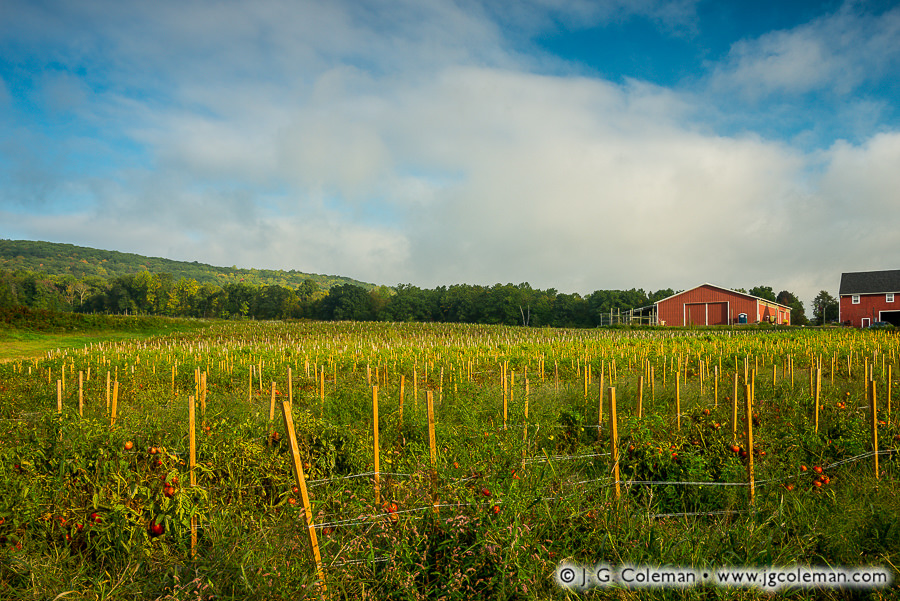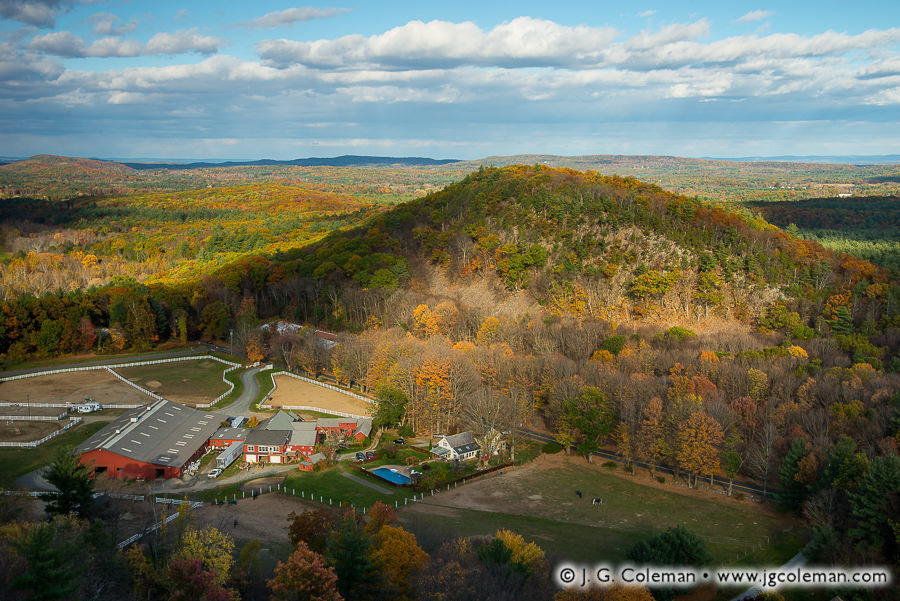
Granby, Connecticut
© 2016 J. G. Coleman
Nestled in a cozy valley between the monolithic Barndoor Hills, the stables and white-fenced pastureland of a picturesque horse ranch contrast with the expansive forests of Connecticut’s northwest.
Prior to the advent of automobiles in the 20th century, horses were a ubiquitous mode of transportation throughout the United States. And, perhaps thanks to Wild West films, it’s not hard for us these days to envision an era when horses were commonplace. But when did these animals arrive in New England?
Native Americans living in New England did not possess horses prior to European contact. And although the Pilgrims were exceptionally familiar with horses in their homeland, they neglected to bring any along on their pioneering voyage to establish Plymouth on the Massachusetts coast in 1620. Explicit mention of a horse in Southern New England doesn’t appear in records until 1632, when the governor of the Massachusetts Bay Colony mentions riding the “Governor’s mare” while traveling between villages.
Purchase a Fine Art Print or Inquire About Licensing
Click here to visit my landing page for “Yankee Farmlands № 92” to buy a beautiful fine art print or inquire about licensing this image.
Want to See More?
Be sure to check out all of the work from my Yankee Farmlands project.


